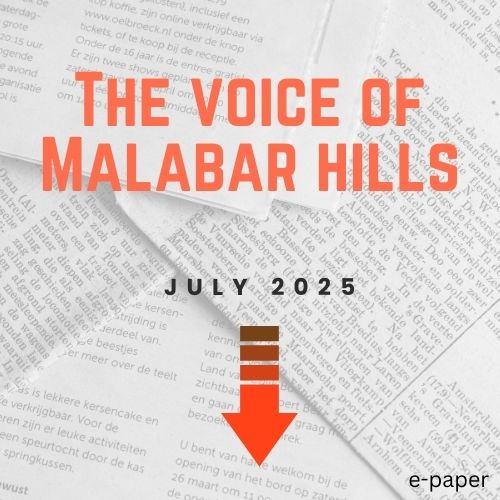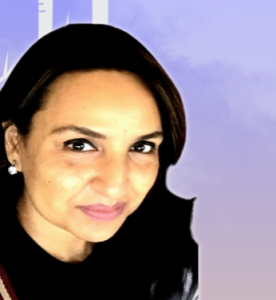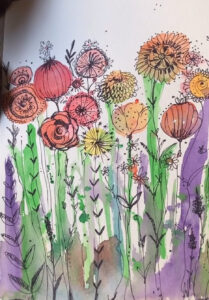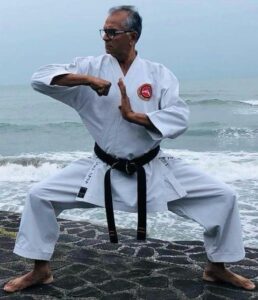After 1883, when James Ferguson moved the Governor’s residence to the Malabar Hills, the Maharajas followed with their entourage. Came the horse-drawn beautiful carriages, the motor cars, the beautifully dressed women, and the magnificent palaces. All wanted to be near the seat of power. All plying to outdo each other with pomp and parties.
It is reported that 20 palaces for various states dotted the hills, though history of only a few is known.
Baroda
The first to arrive was the mighty Gaekwad, the Maharaja of Baroda. He acquired acres on the western side of the Hill, with a view of the Arabian Sea, and built the most beautiful Jay Mahal Palace, on the same model as his magnificent Laxmi Vilas Palace in Baroda. Unfortunately only the stone compound walls remain today, and can be seen from the Priyadarshini Park on Nepean Sea Road (L. Jagmohandas Mehta Marg).

Patiala
Maharaja of Patiala bought a mansion of 3-storeys and 25-bedrooms from one of the Parsi families, of shipbuilders, who were invited by the East India Company to develop the Bombay Port and build seafaring ships.Bhupinder Singh was certainly the most colourful with his 10 wives and 88 children. There is no record of how many of these accompanied him to Bombay, and added to the glory of his persona.He was extremely fond of luxury cars and race horses. This palace was bought by an industrialist,KhilachandDevchand after the death of Bhupinder Singh in 1938, for his family’s use, and even today descendents live in this beautiful mansion with marble staircases, statuesadorning every corner, and fountains singing in the courtyard.

Kutch Castle
Along the seafront the Maharaja of Kutch built his palace in golden stone. After Independence, in 1950 Walsingham High School for Girls was moved to this building and an additional floor was added as the school expanded

Wakaner
In 1936 Maharaja Amar Sinhji of Wakaner, a small state near Rajkot in Gujerat bought around 10,000 sq.yds.fronting the Arabian Sea, just 1km. from the Mahalakshmi Temple. It is reported that ‘he designed the palace himself, and lavishly decorated with the best artefacts from India and the world’. After merging of all states to India and the death of his father in 1957, Maharaja Pratapsinhji had to settle heavy death duties. He thus leased/sold the property to the U.S. Government to move its Consulate there. We all witnessed lines of applicants braving the sun & rain, to wait for hours to obtain visas to fulfil their dreams to visit ‘The Land of Plenty’. Then came the terror attacks in America and Mumbai. The services then moved to Bandra/Kurla Complex for safety reasons.
Bansda
The Maharajah of Bansda’s Palace is a ground + one floor structure next to the Breach Candy Hospital. It was requisitioned by the Atomic Energy Commission for residences of its senior officers, and renamed as AnandBhavan. It has a beautiful garden along the road, which is often used by the Commission for its functions.
Indore/Bhavnagar
Then there is the pink multi-arched palace up the slope from Breach Candy, which has passed through several hands and faiths.The building was called Somerset Mansion and built by the East India Company for some of its senior officers. It was given as ‘inam’ to the Ashburners, richParsi traders; then passed hands to BadruddinTyabji, and again to a Parsi family, the Vakeels. In 1923 it changed hands yet again. This time passing to the Holkars of Indore. In 1925, after the notorious Bawla murder case, it was sold to the Maharajah of Bhavnagar, and finally in 1940transferred to the Sophia Sisters to start a college for education of girls. Anadditional floor of just lecturerooms was constructed and stands today as the excellent institution in the city, Sophia College for Girls.

Gwalior
SamudraMahal Palace or ‘Palace by the Sea’ was the last of the residences built for royalty. Maharaja MadhavraoScindhiasought financial advice from Sir FramrozeEduljeeDinshaw. He was a very busy man and could not be at the beck and call of even a Maharaja, so the Maharaja had to find residence in Bombay! The most suitable site was located on a small hillock, surrounded by the sea on three sides, near the small Shiva shrine of Mandandeshwar Temple, and with the Haji Ali durgah across the bay. Added advantage was the Race Course being just across. 20 acres were purchased from the Aga Khan and the State architect John Richie was commissioned to design a large palace. He did so with 35 bedrooms, entertainment rooms & even a club house. The Art-deco structure was surrounded by large well-manicured lawns, beautiful flower beds and fountains.
His son, JiwajiraoScindhia maintained vast stables with the most successful race-horses. It is said he took great pride in seeing his horses from the palace, winning with the Gwalior colours flying.
However, despite the tremendous wealth in assets, the family had to let go this prime property in the 1960s to pay death duties. Shivsagar Estates came up for commercial space, Poonam Chambers& Eden Hall as apartments and eventually MadhavraoScindhia developed the high-rise tower, called SamudraMahal on the site of the original clubhouse, keeping the top two floors for use by his family.
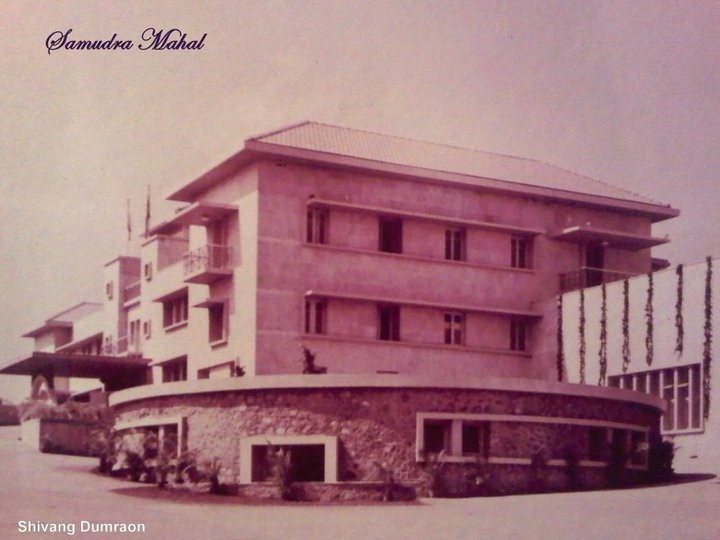

There were those who left memories, but no images.
Hyderabad
The Nizam of Hyderabad bought a huge estate of 99 acres, which is now occupied with buildings for Government employees.
Kolhapur
A palace that existed on the other side of the Haji Ali Bay, where today Shivtirth building, Vora Nursing Home and a petrol pump stand.
Probably there were others, who have lost their place in time and memory.
All bear witness of an era of mankind that will never return.
Anita Garware, Chairperson, INDIAN HERITAGE SOCIETY-MUMBAI – Resident of Malabar Hill

